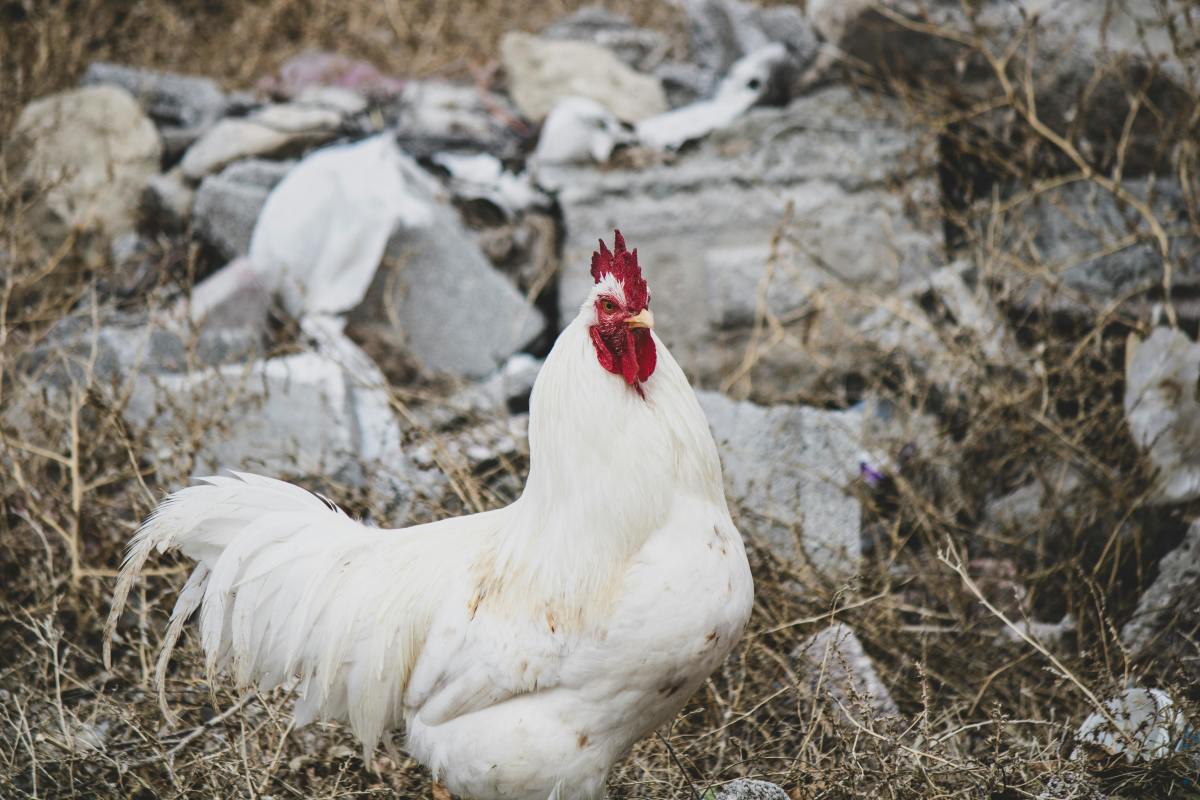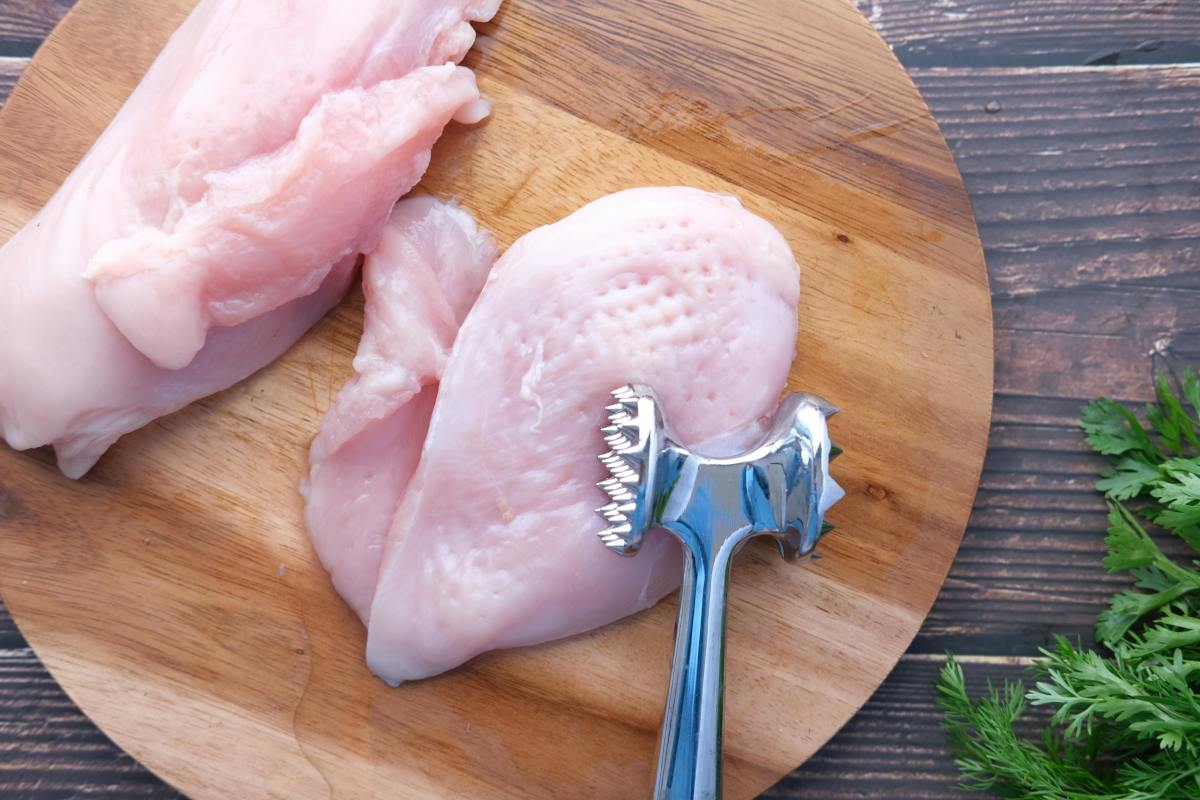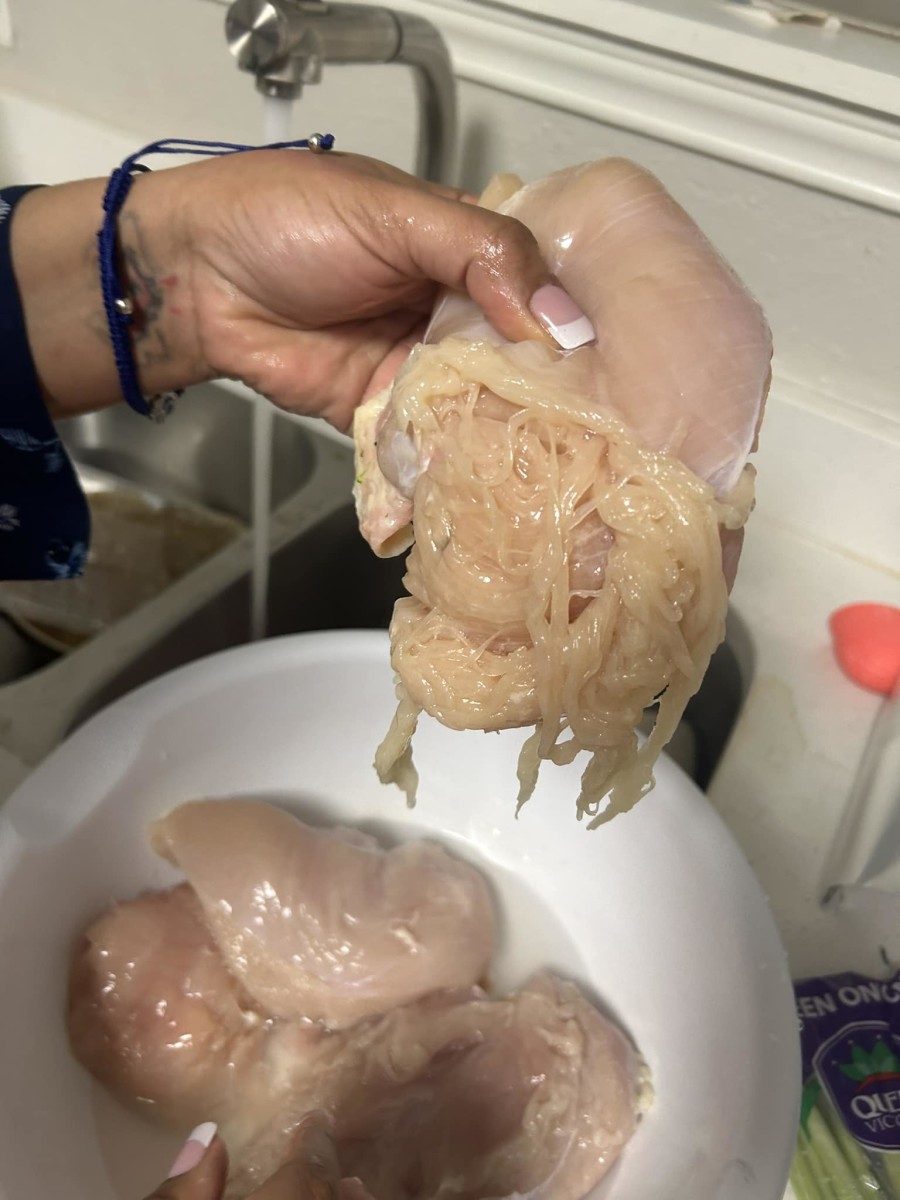In March 2024, a Texas mother, Alesia Cooper, caused a social media stir when she posted a photo of raw chicken breast purchased from Aldi that began to fall apart in stringy, noodle‑like strands. While cleaning the meat, she thought to herself, “I think it’s fake meat,” and shared the image to raise awareness.
Experts quickly dispelled the idea that the meat was synthetic or lab‑grown. Instead, they identified the phenomenon as “spaghetti meat”, a muscular abnormality found in some commercially raised chickens. Spaghetti meat occurs when the muscle fibers in the chicken’s breast separate, producing a stringy texture. The condition is linked to fast growth rates encouraged by modern poultry breeding—when breast muscles expand faster than the circulatory system can support them, deprived muscle tissue can break down.

Data show that chickens today grow nearly twice as fast as they did 50 years ago. For example, in 1925 it took over 100 days to reach 2.5 pounds; by 2022, many chickens reach over 6 pounds in just 47 days. Alongside spaghetti meat, the industry also contends with issues like woody breast, another abnormal texture problem where meat becomes very tough.
Though visually unsettling, experts emphasize that spaghetti meat is safe to eat—though it may be softer, stringier, or lower in quality than normal meat. Some producers and retailers, responding to consumer concerns, are shifting toward slower‑grown chicken breeds in an effort to improve meat quality and texture.

The incident underscores how industrial farming practices aimed at maximizing yield can unintentionally compromise meat quality. Cooper’s post triggered widespread public reaction—ranging from disgust to curiosity—and has prompted calls for greater transparency and better standards in poultry production.






